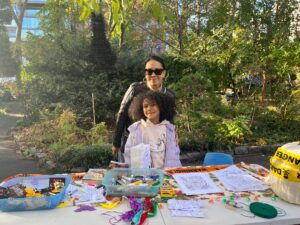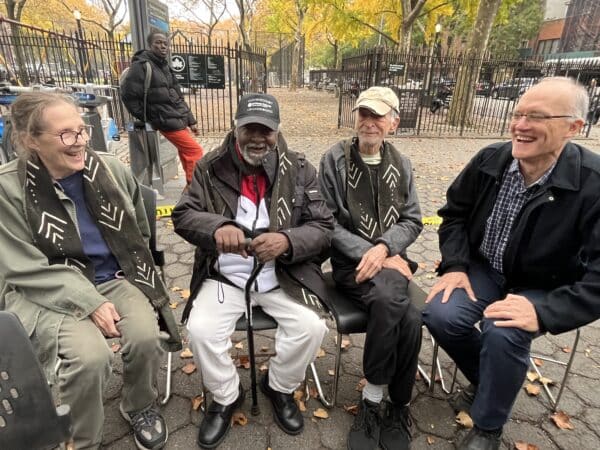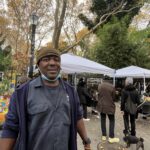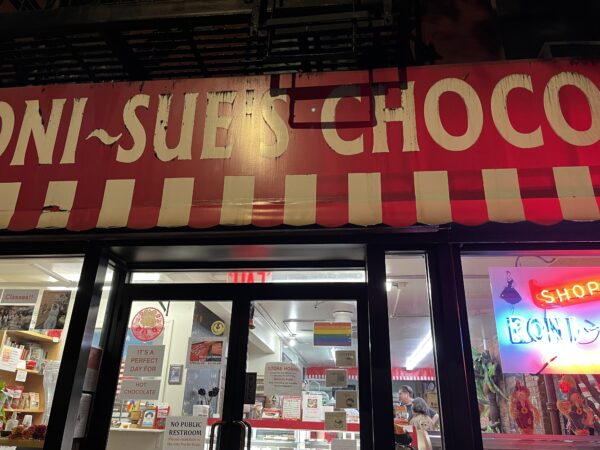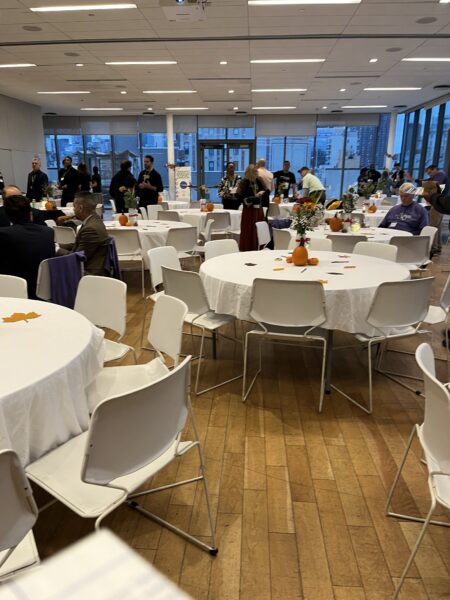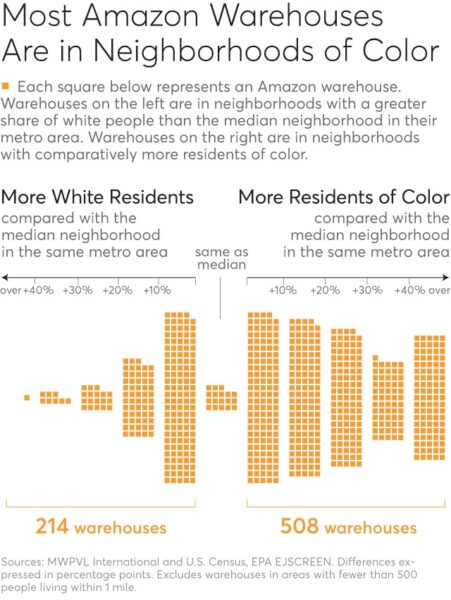Community Board 3 Resolution on Policies Regarding Agency Services for Street Homeless
Many of our Street Homeless help out in this Park. Proud of CB3 commitment to humane treatment as we find effective ways to keep everyone safe.
Closing of HALO Memorial At The M’Finda Kalunga Garden
Help remember those who came before us….Create a ribbon for our fence with messages of remembrance and hope
Opening Remarks: Debra Jeffreys-Glass
Libations: Tracy L. Gray
Performance: Robert Bryan
The “Old Guard”
With thanks to:
Bob Humber & Kate Fitzgerald: Head Gardeners MKG
MKG community volunteers
K Webster and the sara Roosevelt Park Community Coalition
Speakers and performances: Robert Bryan, Tracy L Gray and Asha Futterman
Emanuel Oni: HALO artist
Ryan Gilliam and the FABnyc Team
John Sloane and the Buro Happold Team
Brian Cohen and Kyle Luntz and the BEAM Center Team
Ted Enoch, Sayde Wilson and Pilar Maschi Partnerships for Parks and Catalyst Program
Tricia Shimamura, NYC Parks Manhattan Commissioner and the Manhattan Team
Terese Flores, NYC Parks, District 3 Regional Manager
Farewell (For now!) Closing of HALO Memorial At The M’Finda Kalunga Garden

Overview
It’s My Park Day in M’Finda Kalunga Community Garden
Many Thanks to GreenThumb and Partnership for Parks Coordinators and Jen for organizing the MKGarden team (includingEresimapictured here) !
Roni-Sue’s Chocolates! Neighborhood Chocolatier! Open House Tonight!
Roni-Sue’s Chocolates! Neighborhood Chocolatier! Open House Thursday 10/30, 5-9pm
Celebrating their 18th Anniversary!
Secret chocolate bar stash & serving up slices of Stretch Pizza and bubbly to go with it! It was delicious!!
That’s Roni Sue in the back!
Partnerships for Park Community Connections Social
Good to see many old and new friends.
Last Mile Delivery Site. Bait and Switch to Amazon Across from Senior Center and Our Park. In an Environmental Justice Zone
According to a December 2021 investigation by Consumer Reports, companies like Amazon have opened up the vast majority of last-mile logistics facilities in communities of color that have long suffered disparate environmental harms like increased rates of air pollution, noise, and asthma.
There are bills before the NYC Council to prevent these from clustering in low-income neighborhoods or NYC Parks:
- Last-mile zoning text amendment – The special permit would set forth the following condition (among others):
- Any last-mile warehouse must be at least 1,000 feet from any school, park, nursing home, or public housing development.
Actions:
CONTACT:
Local Elected officials:
Senator Kavanagh Phone: 212-298-5565
AM Grace Lee 250 Broadway Suite 2232 212-312-1420
CM Marte (who is already engaged on this matter – thanks Max and team!) 65 East Broadway New York, NY 10002 Phone: 212-587-3159
Community Board 3, Manhattan
Phone: 212-533-5300
Email: mn03@cb.nyc.gov
File a Complaint Online
“The loading zone currently on Forsyth St. at the corner of Delancey (between Delancey and Rivington) should be moved around the corner to Delancey St at the corner of Forsyth (between Eldridge and Forsyth Sts). The large truck traffic and concentration of delivery workers on the sidewalk on Forsyth St. during deliveries creates an excess of noise, emissions (from trucks left idling), and crowding on the sidewalk that are disruptive to residents. The delivery trucks are wide enough to potentially obstruct the movement of ambulances onto Forsyth St, where there is a medical facility with an ambulance bay. Delancey St. is a commercial thoroughfare with a very wide sidewalk where noise, emissions, and sidewalk crowding will be far less disruptive to the community, and add needed commercial activity in a stretch of sidewalk that is poorly-lit, mostly empty, and invites activities such as drug use and sidewalk sleeping. The business that the loading zone on Forsyth St. currently serves has doors that open onto Delancey, so its operations would not be disrupted by shifting the loading zone location from Forsyth to Delancey.”
Add: Companies like Amazon have opened up the vast majority of last-mile logistics facilities in communities of color that have long suffered disparate environmental harms like increased rates of air pollution, noise, and asthma
Advocates Unveil Actions to Rein In Unplanned Clustering Of Last-Mile Logistics Facilities
Three new bills introduced by the Last-Mile Coalition NYC. New York City Council Member Alexa Avilés and co-sponsored by Council Members Gutiérrez, Nurse, Brooks-Powers, Won, Hanif and Restler, as well as Public Advocate Jumaane Williams and Brooklyn Borough President Antonio Reynoso.
Sara Roosevelt Park Gardener and Stewards Meet Up
Thank you to the panelists Justen, Rob, Kate, Bob and Brian for coming to talk with each other, compare notes, tell us their highlights and what they’d like to have different – with our communities.
Thank you also to:
Thanks to the BRC Senior Nutrition Center and Kim Fong (and staff).
Thanks to Ted Enoch Senior Program Director (Catalyst and Partnerships for Parks) for jumping in to help out with refreshments, his contributions as a long-time supporter of Parks like ours and for his respectful listening ear (and note taking)!
Thanks also to Pilar -Maschi (Catalyst)!
Thank you to Terese Flores (NYC Parks Dept) for her welcoming and listening ear and for stepping in with answers and ideas!
Thank you to Carlos and Erisima (below) for set up help, Debra for her last-minute help and (always) guidance and the whole crew who helped us put the BRC back together!
And thank you to the community that came to listen and learn and hopefully be inspired to join the effort to care for this park.
Getting started and waiting for more people to arrive
Carlos and Erisima at work (and play)
M’Finda Kalunga Garden Halloween Pet Costume Party!
Carina Liu organized, brought dog treats and her dear friends.
The Pet Costume Party was very popular with the four-legged set and their owners!
One costumed couple were more interested in digging in the woodpiles!
- 1
- 2
- 3
- 4
- …
- 173
- Go to the next page




